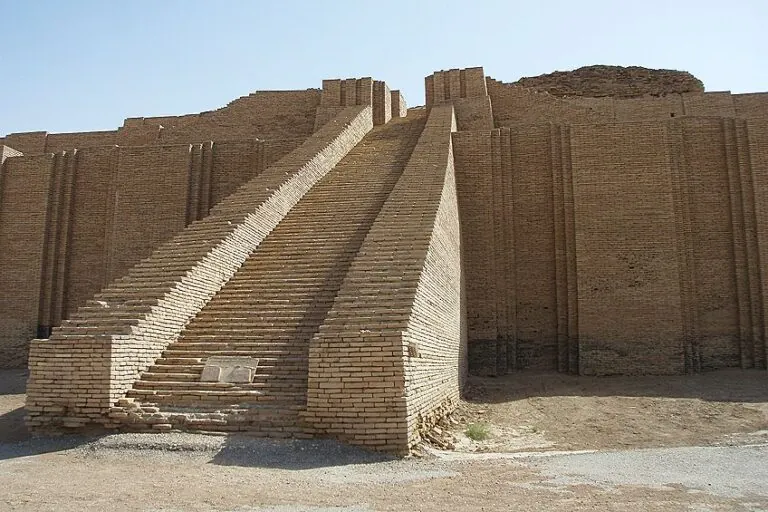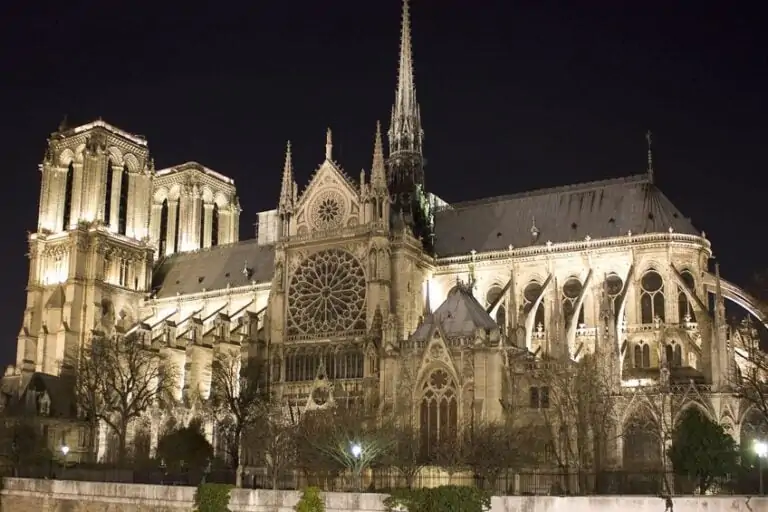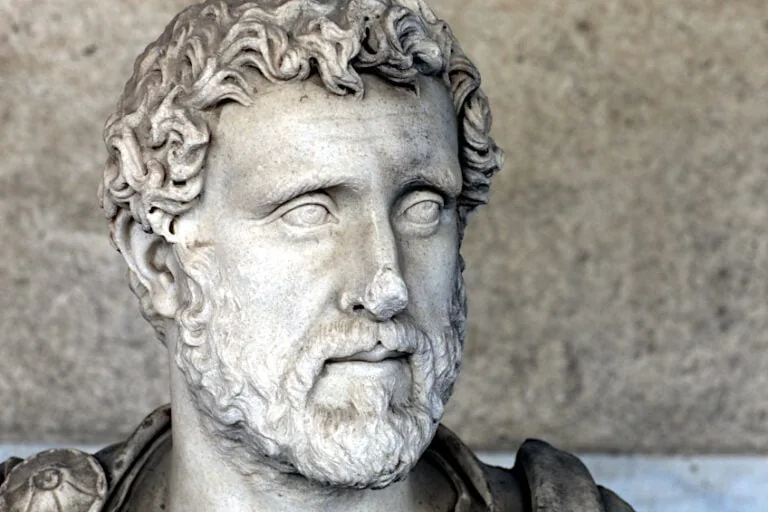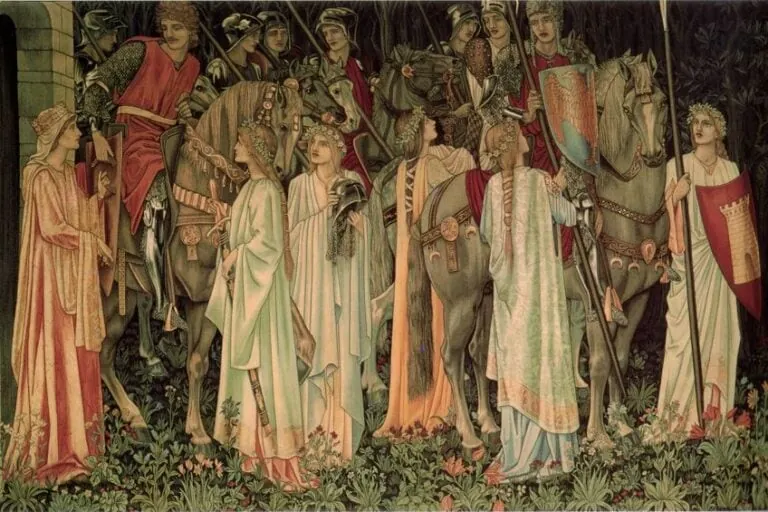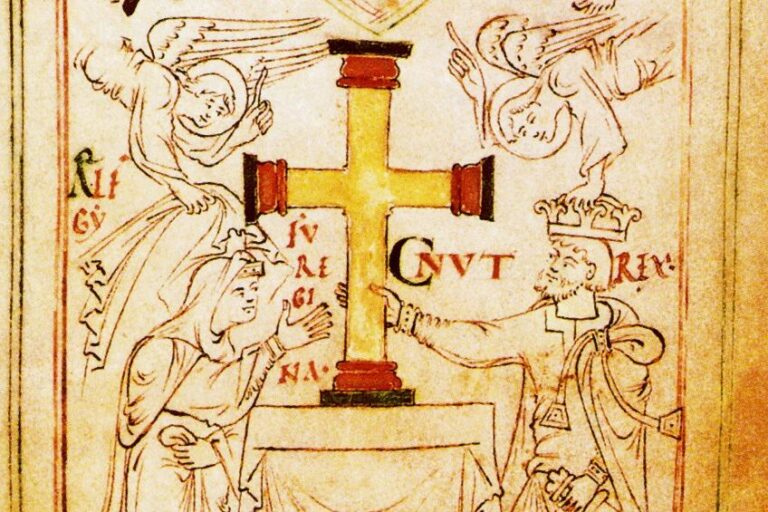Arc de Triomphe – The History of the Triumphal Arch in Paris
Paris is undoubtedly one of the most beautiful places in the world, especially if you’re looking for a romantic getaway! There are many sites to see around the city, and even more history and culture to immerse yourself in. One of the most historic locations is the triumphal arch in Paris, known as the Arc de Triomphe. This monument’s combination of incredible size and immeasurable beauty make it one of the biggest tourist attractions that France has to offer besides the Eiffel Tower, so let’s have a look at what it is, the history behind it, its design, and what the Arc de Triomphe means to the people today.
What Is the Arc De Triomphe?
| Architect | Commissioned by Emperor Napoleon |
| Size (m) | 50 x 45 |
| Date of Construction | Completed 29 July 1836 |
| Materials Used | Limestone |
| Purpose | Commemorative monument of victory in war |
| Age | 217 years old |
The Arc de Triomphe is a large, arch-shaped monument found in Parris, France. The arch stands at Champs-Élysées at the center of Place Charles de Gaulle, at the west end. The monument stands right in the middle of a star juncture, with many avenues radiating outward from its location. The monument is known in English as the Arch of Triumph in Paris. The Arch is actually shared between three districts in France that are called arrondissements, the specific districts that share the Arch are the 16th, 8th, and 17th. This makes the arch of triumph a sort of convergence point between these districts, which makes sense considering the overall meaning and message behind the arch’s presence.
 Arc de Triomphe (1836); A Chinese ID, CC BY-SA 4.0, via Wikimedia Commons
Arc de Triomphe (1836); A Chinese ID, CC BY-SA 4.0, via Wikimedia Commons
The arch of triumph in Paris essentially serves as a memorial for those who fought and died in the Napoleonic war and the French revolutionary war, with the names of those who fell and the generals who led the charge inscribed on the monument’s surface. There is also an air of mystery surrounding the arch, as beneath lies the tomb of an unnamed soldier who fell during the first world war. The arch is part of a series of monuments that have been built to commemorate the many conflicts in which the region has been involved. This monument series has come to be known as the “Axe historique” which includes a number of other monumental structures in the city. Like the other monuments, the arch is incredibly big.
How big, you ask? The Triumph Arch in Paris is a staggering 50 meters in height, 45 meters in width, and has a depth of around 22 meters. This gives the Triumph Arch in Paris a total metric volume of 49,500 meters excluding its many vaults. The vaults contained underneath the structure are vast, with the largest one measuring 29.19 meters in height and 14.62 meters in length.
The Triumph Arch is a point of pride for both the city of Paris and Italy as a whole. Throughout history, it has seen many incredible events, one of the most famous being when a World War I pilot by the name of Charles Godfrey flew his plane through the arch in commemoration and celebration of the end of the most brutal war mankind had seen in decades.
This event was captured on newsreel footage and is still available today! The Arch was also once the tallest arch of its kind in the world until it was dethroned by Monumento a la Revolution, another arch that can be found in Mexico City, Mexico. However, the design of the Arc de Triomphe was so influential that many other monuments would be modeled after it in years to come.
Design of the Arc De Triomphe
The design of the arc is one of the astylar designs in the neoclassical ancient Roman design. Some of the most prominent artists of France are based in its designs and reliefs, including Antoine Étex, Jean-Pierre Cortot, Philippe Joseph Henri Lemaire, and François Rude. Rather than a cohesive tapestry set in the ashlar of the monument, each of the friezes is regarded as an independent piece that forms part of the whole.
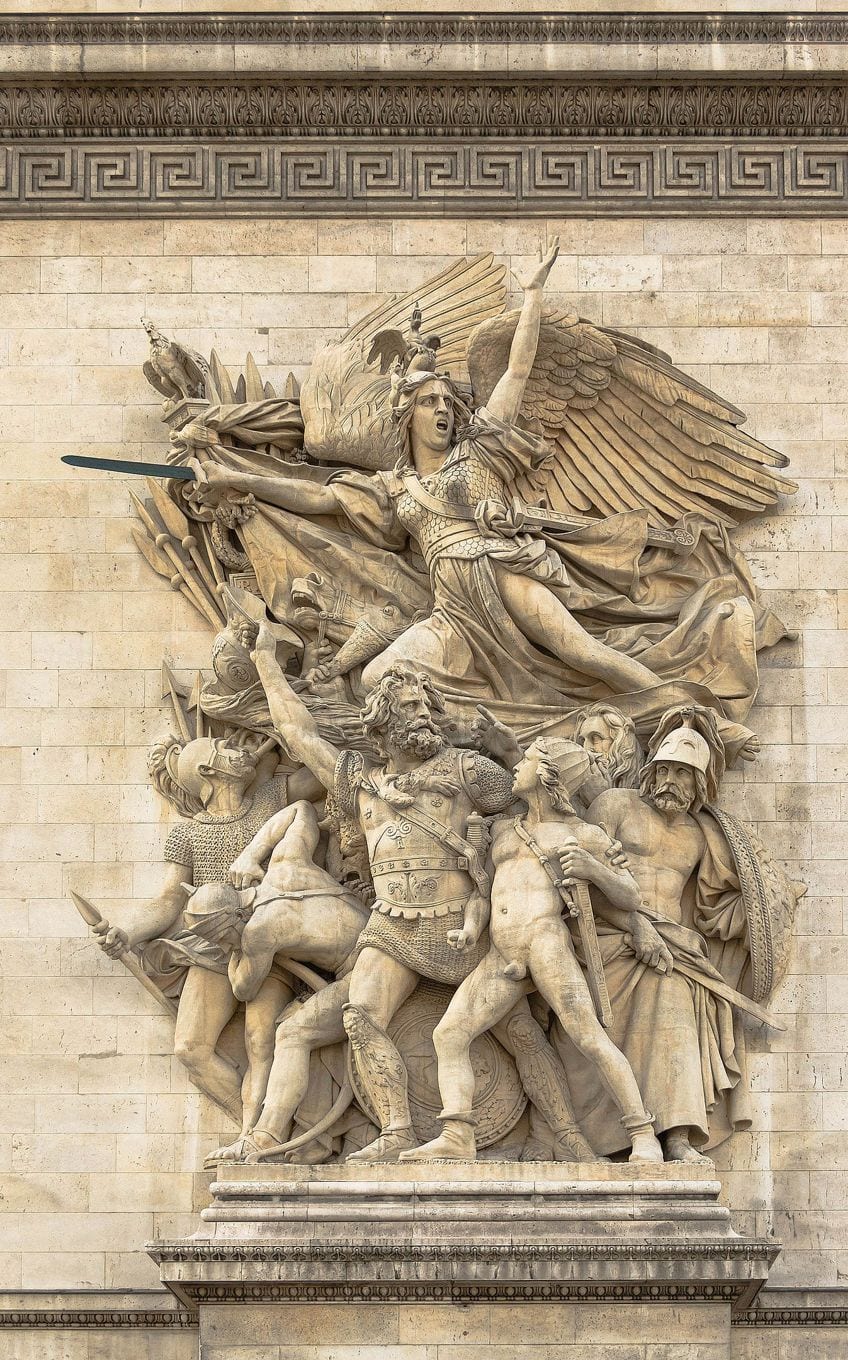 The Departure of the volunteers of 1792 sculptures (1836); Jebulon, CC0, via Wikimedia Commons
The Departure of the volunteers of 1792 sculptures (1836); Jebulon, CC0, via Wikimedia Commons
There are four groupings of sculptures that can be found on the monument, each depicting a concept related to France’s history and freedom as a result of conflict and the peace resulting from it. The first is known as The Triumph of 1810, the second is Resistance and Peace, and the last (and arguably the most popular) is known as Departure of The Volunteers of 1792 which is also known the be called La Marseillaise. The La Marseillaise is essentially a representation of the people of France being called forth to defend against an invading force. Due to the powerful imagery and history associated with this image, it was used on the face of the belt buckle given to the Marshal of France, and honorary rank given to members of the French armed forces for outstanding achievements in the line of duty.
As we mentioned previously, Napoleon once ruled over the region, and since his fall the sculpture representing the concept of peace has taken on the interpretation of commemorating the peace achieved in 1815. The arch isn’t only a conceptual reminder of times of war, but quite a literal one as well as can be seen by the sculptures above the friezes of soldiers.
Attic and Interior
Above the soldiers are 30 shields that represent those that have been engraved with the names of various French victories over the years. These include victories of both the more recent Napoleonic wars and the Revolutionary War in which the people of France both claimed landmark victories for the nation and its independence. The walls on the interior of the monument take on a more somber tone compared to the patriotic tone of the exterior subject matter. The interior walls are inscribed with the names of around 600 generals who served in honor of the French people, with some of the names having a notable underline.
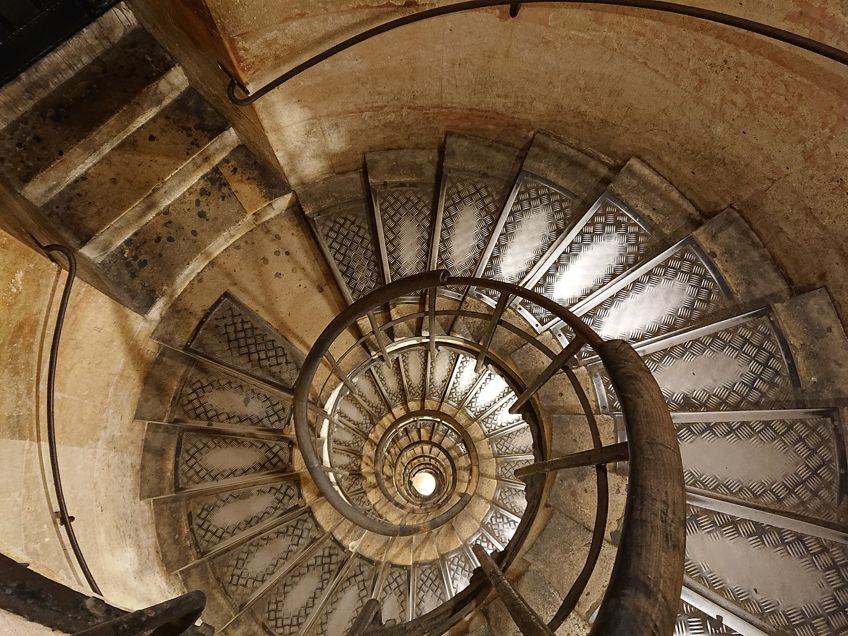 Stairs of Arc de Triomphe de l’Étoile (1836); Cheng-en Cheng from Taichung City, Taiwan, CC BY-SA 2.0, via Wikimedia Commons
Stairs of Arc de Triomphe de l’Étoile (1836); Cheng-en Cheng from Taichung City, Taiwan, CC BY-SA 2.0, via Wikimedia Commons
The names that have been underlined are of those Generals that have died in the line of duty, a tone that is once again contrasted by the inscriptions of the shorter columns in the monument’s interior. The columns hold engravings of the dates of major French victories during the Napoleonic wars, however, the battles that took place before Napoleon’s defeat were not included in the inscriptions.
The Triumph of the Revolution
If you’ve seen older photographs or sketches of the arch, then you might have noticed quite a large missing element when compared to the modern-day version. Older photographs include a statue at the very top of the arch, which is known as the Le Triomphe de la Révolution. This statue depicting a horse-drawn chariot with a lady at its center represents the people there who were to crush anarchy and despotism.
Even though the statue is no longer located at the top of the Arch it can still be viewed in the West of Paris where it stands on its own. Its location is known as Place Charles de Gaulle, right at the beginning of Champs-Élysées. The statue has not been altered since its creation back in 1806.
History of the Arc De Triomphe
The history of the Arch is fairly straightforward. It is essentially a war monument that was commissioned by the emperor Napoleon upon his victory at the battle of Austerlitz at a point in time when he was rather wealthy. The Arch is located in the middle of a star-pointed intersection of avenues right on the bank of the Seine.
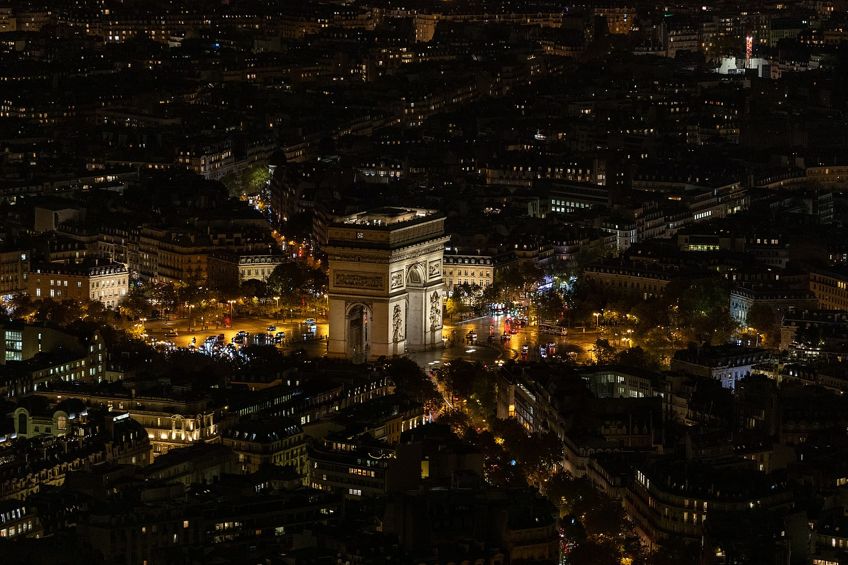 Arc de Triomphe de l’Étoile at night from the upper deck of the top floor of the Eiffel Tower (1836); Katie Chan, CC BY-SA 4.0, via Wikimedia Commons
Arc de Triomphe de l’Étoile at night from the upper deck of the top floor of the Eiffel Tower (1836); Katie Chan, CC BY-SA 4.0, via Wikimedia Commons
19th Century Construction and History
Due to the size and weight of the arch, laying the foundation took around two years. However, when Napoleon arrived in Paris with his wife Marie-Louise (the then Archduchess of Austria, he commissioned a wooden replica to be made of the arch by Jean Chalgrin, an architect who would later die in the year 1811. Thankfully, Chalgrin’s work would be succeeded by jean-Nicholas Huyot, who sought to take over his work. Work on the arch would continue for many years until it was eventually interrupted by the fall of Napoleon which led to the Bourbon Restoration, a period in which the House of Bourbon returned to power in the region.
The arch would not be complete until King Louis-Philippe came to power between the years 1833 to 1836.
Who built the Arc de Triomphe? Well, the Arch was built by an architect named Goust, who would then be succeeded by an architect named Hyout, who both functioned under the guidance of Héricart de Thury. As you can imagine, a monument of this size cost a pretty penny, which at the time came to around 10 million francs, which translates to about $75,000,000 today. The end of the 1800s saw a number of historical events take place underneath the arch, including but not limited to the body of the once-great emperor Napoleon passing under the arch en route to his tomb at the Les Invalides on December 14th, 1840. In 1855 the body of Victor Hugo would also pass underneath the arch before it would be buried at the Pantheon on May 22nd, 1885.
20th Century History
One of the most famous events associated with the Arc de Triomphe is when the Sword of the Republic fell from one of the reliefs engraved into the arch. This was subsequently covered up with a tarp to prevent any negative interpretations of what appeared to be a bad omen at the time. In August of 1919, Charles Godefroy would successfully fly his plane through the arch when the intended pilot Jean Navarre crashed and died during a test flight.
Once the construction of the arch was completed it would become a rallying point for the military after a successful campaign or battle.
This tradition was seen through when then the allied forces (namely the United States) took part in a parade around the arch when the allies saw victory toward the end of the second world war. Even when Germany occupied France, Adolf Hitler followed the tradition, which included not walking through the arch due to the discovery of the unnamed soldier’s grave underneath it. The arch has become a rallying point for many such occasions, including the annual celebration of Bastille Day, a day that celebrates the fall of the Bastille which took place on July 14th, 1889.
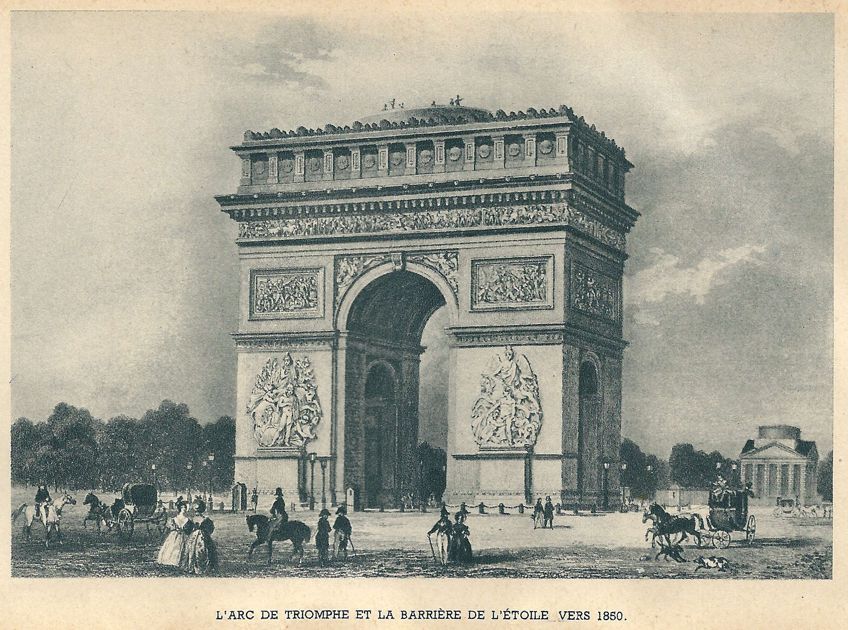 Arc de triomphe & barrière de l’Étoile à Paris (1850) by Jean Valmy-Baysse; See page for author, Public domain, via Wikimedia Commons
Arc de triomphe & barrière de l’Étoile à Paris (1850) by Jean Valmy-Baysse; See page for author, Public domain, via Wikimedia Commons
As time went on and automobiles became more readily available, the monument became blackened over time due to the excessive amounts of exhaust gasses present in its vicinity. Thankfully, the arch was cleaned and bleached back to what resembled its original color by a team of experts between 1965 and 1966. Due to the history and prominence of the monument, it could come as no surprise that the arch would eventually become the target of groups of interest who sought to disrupt peace in the region. This rang true in 1995 when an armed Islamic Group From Algeria detonated a bomb near the monument that would injure nearly 20 people.
This was done as a part of a string of bombings that would take place.
21st Century History
While the past held many historical victories for France, the modern day has brought more peaceful events to the Arch of Triumph. These days it is almost exclusively used to commemorate the lives of those who fought for the freedom of the county, but it did sustain some superficial damage during the yellow vest protests of 2018, at which time the parties responsible not only spray painted the monument by vandalized museums located nearby.
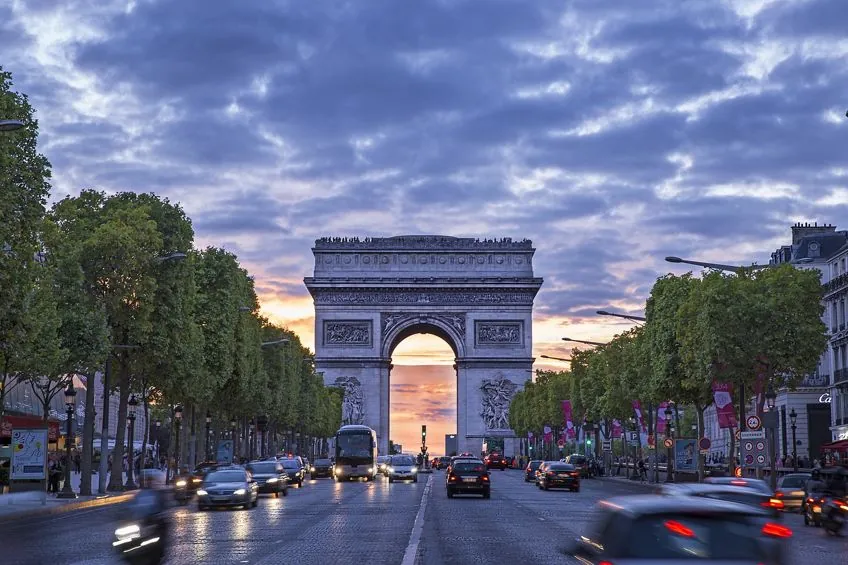 Arc de Triomphe from the Champs-Élysées (1836); Cedric.chan, CC BY-SA 3.0, via Wikimedia Commons
Arc de Triomphe from the Champs-Élysées (1836); Cedric.chan, CC BY-SA 3.0, via Wikimedia Commons
The arc was not involved in any notable events for a few years after that. However, in 2021 the arc was draped in a silver and blue coating as a result of the planning of two notable artists who had passed away. The duo known as Christo and Jeanne-Claude had planned to wrap the monument in blue and silver metallic fabric, and this was done upon their death the celebrate their lives as well as their contribution to the artistic community, and Paris as a whole.
Now that you know what the arc de triomphe is, what it stands for, when it was built, who created it, where it can be found, and what it means to the people of France, it’s time for you to get out there and put your newfound knowledge to the test! If you ever find yourself in France, we highly recommend having a look at it, as well as some of the other amazing monuments the region has to offer.
Frequently Asked Questions
When Was the Arc de Triomphe Built?
Considering its age, many have asked about the age and purpose behind the arc de triomphe. When was the arc de triomphe built? The arch was completed in 1836 after 30 years of consistent construction, and was built to commemorate the victories of France and the soldiers who fought for their country.
Why Was the Arc de Triomphe Built?
There are many subjects depicted in the arc de triomphe, which can lead to some confusion as to its purpose. Why was the arc de triomphe built then? Well, the arch’s primary function is to commemorate the many battles France won over the years, as well as the soldiers who fought in them.
Who Built the Arc de Triomphe?
Seeing the triumphal arch in Paris can be awe inspiring, but it does leave one with a lot of questions regarding its construction. While the records are spotty as to who built the arc, we do know that it was commissioned by the emperor Napoleon.
How Tall Is The Arc De Triomphe?
The triumphal arc in Paris is huge, even by modern standards, but how tall is the Arc de Triomphe exactly? The exact measurement of the arc’s height places it at exactly 50 meters in height, a truly large monument.

I am deeply passionate about history and am constantly fascinated by the rich and complex stories of the past. As the editor-in-chief of learning-history.com, I have the opportunity to share this passion with a wide audience through the creation and distribution of engaging and informative content about historical events, persons, and cultures. Whether it’s through writing articles and blog posts or creating videos or podcasts, I strive to bring the past to life in a way that is both accurate and enjoyable. My expertise in history, combined with my strong writing and communication skills, allows me to effectively communicate complex historical concepts and make them accessible and interesting to a wide range of readers. I am truly grateful for the opportunity to share my love of history with others through my work on learning-history.com.

